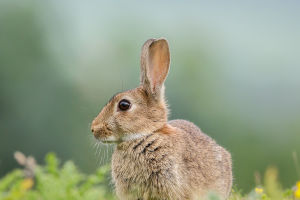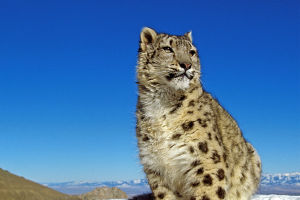Parrots (scientific name: Psittaciformes) are numerous birds with showy plumage and a love of chirping. Typical climbing birds.
Pairs of toe-shaped feet, two toes forward and two toes back, are suitable for grasping. The beak is strong. It can eat hard-shelled fruits. With their bright plumage, they are often kept as pets.
They are appreciated and loved for their beautiful plumage and their ability to learn human language skills. The largest of the parrots is the Purple and Blue Macaw. The body length can reach 100 cm. The smallest is the blue-crowned short-tailed parrot. The body length is only 12 cm.
The parrot is a very brightly-coloured bird with beautiful feathers. Therefore, many people are interested in raising parrots. Parrots are an interesting animal, and those who have birds at home often like to have parrots, as they are not only attractive to look at, but also intelligent and can learn to speak. It is important to understand that not all parrots can talk; small parrots generally do not, and only about one in ten thousand budgies can make a sound like talking. Similarly, not many medium-sized parrots can talk either. The only ones with a better ability to learn to speak are monks, honey suckers, mini macaws, and other birds that are mostly just vocal.
Large parrots are only beginning to have the ability to speak. The fact is that there is a big difference in the language ability of each species.
The fact is, if a businessman tells you that the parrot will talk after it grows up, you have to look at the species first.
The degree of affinity is also divided into several categories. The basic not relatives of the white-eyed wolf, only close to the master, 10,000 people touch. The moon wheel and the scarlet breast are notoriously white-eyed wolves.
Alexander's degree of kinship is also general; the peony, eclectic, monk, vajra series, and amazon series are usually only close to the master. The varieties of special relatives are Golden Sun, Little Sun, Sunflower, Grey, and Honeysuckle.
Of course, the important premise of the above is that the bird is hand-fed large. Indicates that the first thing the bird sees when it opens its eyes is a human. Every sip of milk is fed by hand. If it is free-range, brought up by the parent bird, not necessarily relatives.
1.No matter how many layers of standing poles you make for your parrot's cage, they instinctively want to perch on the highest one. If it is a mesh wire cage, they will also hang on to it with their mouths and feet for security.
2 . Two parrots will usually lean together. Even if they are not familiar with each other at first, they will be together after a while.
3. It's best to separate the hulled grains in the feeder from the non-hulled ones. If the hulls are mixed with uneaten feed, you need to hand-pick out the hulls. It is similar to picking tea stalks. If the grain is fed separately, it can be done without picking the hulls.
4. Parrots are unusually sensitive to sound. This includes bird calls, utensils rattling, musical instruments, and songs, they are more or less responsive. Also very focused. The parrot is beautiful and clean and understands music, and is a kind of elegant bird.
5. Parrots have cleanliness. The parrot has a high degree of vigilance. The first thing that you need to do is to get a good idea of what you want.
6. Different species of parrots should be kept in different cages to avoid injury.


